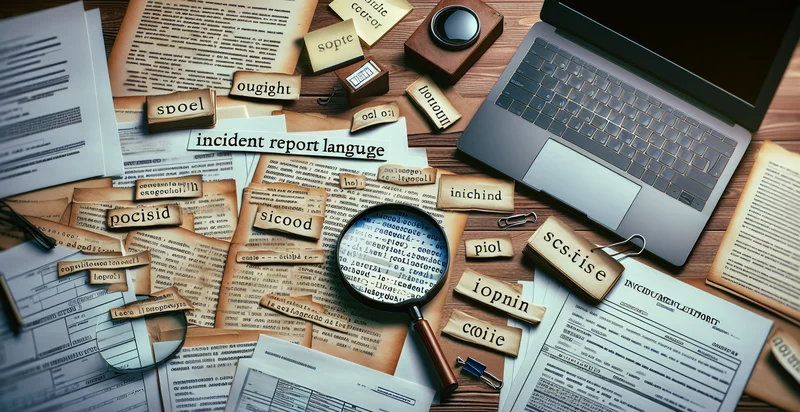Identify language of quality control report
using AI
Below is a free classifier to identify language of quality control report. Just input your text, and our AI will predict the quality level of the product across various categories - in just seconds.

Contact us for API access
Or, use Nyckel to build highly-accurate custom classifiers in just minutes. No PhD required.
Get started
import nyckel
credentials = nyckel.Credentials("YOUR_CLIENT_ID", "YOUR_CLIENT_SECRET")
nyckel.invoke("language-of-quality-control-report", "your_text_here", credentials)
fetch('https://www.nyckel.com/v1/functions/language-of-quality-control-report/invoke', {
method: 'POST',
headers: {
'Authorization': 'Bearer ' + 'YOUR_BEARER_TOKEN',
'Content-Type': 'application/json',
},
body: JSON.stringify(
{"data": "your_text_here"}
)
})
.then(response => response.json())
.then(data => console.log(data));
curl -X POST \
-H "Content-Type: application/json" \
-H "Authorization: Bearer YOUR_BEARER_TOKEN" \
-d '{"data": "your_text_here"}' \
https://www.nyckel.com/v1/functions/language-of-quality-control-report/invoke
How this classifier works
To start, input the text that you'd like analyzed. Our AI tool will then predict the quality level of the product across various categories.
This pretrained text model uses a Nyckel-created dataset and has 46 labels, including Arabic, Bengali, Bulgarian, Croatian, Czech, Danish, Dutch, English, Farsi and Finnish.
We'll also show a confidence score (the higher the number, the more confident the AI model is around the quality level of the product across various categories).
Whether you're just curious or building language of quality control report detection into your application, we hope our classifier proves helpful.
Related Classifiers
Need to identify language of quality control report at scale?
Get API or Zapier access to this classifier for free. It's perfect for:
- Quality Assurance Automation: This function can be employed to automatically classify and identify the language used in quality control reports. By doing so, organizations can streamline their QA processes, ensuring that reports meet linguistic and technical standards in their respective domains.
- Multilingual Reporting Consistency: In companies operating in multiple regions, this function can help track and maintain consistency in quality control reports across different languages. It ensures that all stakeholders are receiving information presented in a clear and coherent manner, regardless of their language preferences.
- Compliance and Regulatory Tracking: Businesses can leverage this classification function to ensure that all quality control reports adhere to industry-specific language requirements. This is particularly useful in regulated industries, where the precise wording in reports can impact compliance outcomes.
- Enhanced Training for Staff: By identifying the language used in quality control reports, organizations can tailor training programs for employees based on the type of terminology and language styles used in their reports. This targeted approach enhances staff understanding of key quality control concepts.
- Sentiment Analysis in Reports: This function can assist in analyzing the language within quality control reports to gauge sentiments, such as satisfaction or dissatisfaction with processes. It allows management to identify areas for improvement based on the tone and language used in feedback.
- Language Standardization Initiatives: Companies can use this function to evaluate the linguistic variation in quality control reports across departments. This will facilitate language standardization initiatives, ensuring uniformity in reporting practices within the organization.
- Intelligent Reporting Systems: Integrating this classification function into reporting systems can enhance the searchability and indexing of quality control documents. By tagging reports with their identified language, users can quickly retrieve documents relevant to their language needs, improving efficiency and accessibility.


